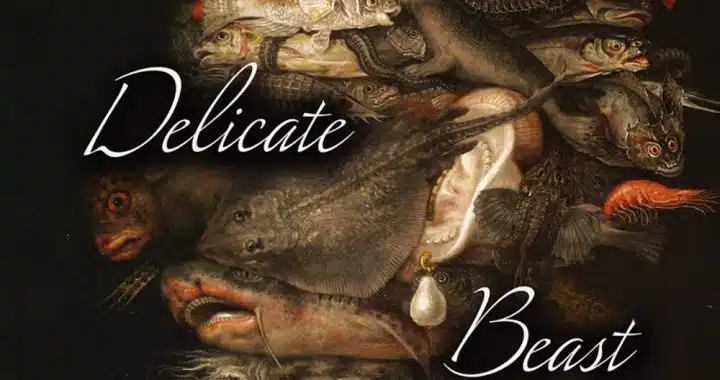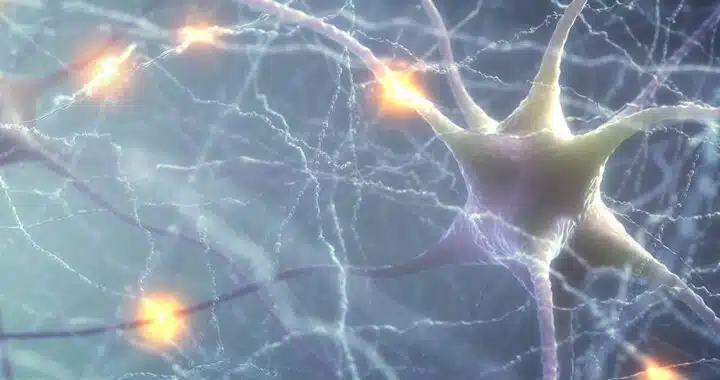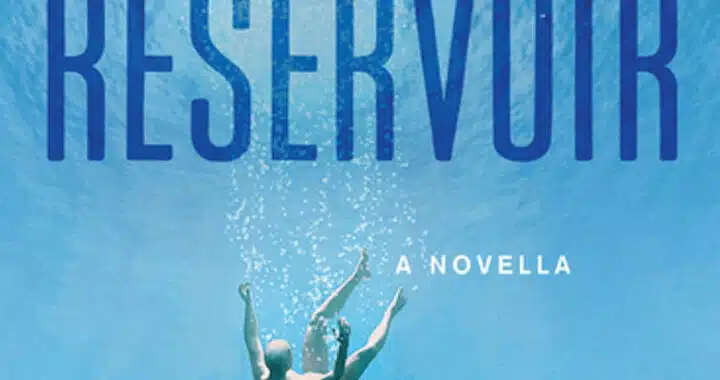
Roger Célestin’s ‘The Delicate Beast’ Will Devour You
Prolific writer Roger Célestin presents in his debut novel, The Delicate Beast a timely tale of how autocracy will devour you once the process has begun.

Prolific writer Roger Célestin presents in his debut novel, The Delicate Beast a timely tale of how autocracy will devour you once the process has begun.

There is no guilty pleasure in reading Lynn Stegner’s The Half-Life of Guilt. There is only pleasure.

While navigating many odd circumstances, Lindsey Drager’s The Avian Hourglass provides a continuous stream of consciousness; scientific, literary, and philosophical.

In Norman Lock’s The Caricaturist, the characters find themselves in a fraught time of war fever just as one century dies and a new one is born.

The narrative in Colin Barrett’s debut novel Wild Houses unfolds predictably, without much in the way of plot twists or surprises.

Alexis Soloski’s Here in the Dark illuminates the act of performance (no matter the stage) and the notion of stepping into and out of one’s personhood.

Below the surface clutter of its frenetic plot line, The Sterns Are Listening deftly deals with dwelling ‘peacefully in doubt’.

Physicist Ulf Danielsson’s The World Itself pins the powerful, slippery imagination and its impressive ideas about consciousness to matter’s messy, impermanent state.

David Duchovny’s novella The Reservoir drifts into the murky depths of the fever dream state of isolation and dislocation.

Emmy-winning actor Michael Imperioli’s debut novel, The Perfume Burned His Eyes seems at first a coming-of-age tale, but its tumultuous thralldom is a swift current.

Hypochondria, obsession, and confusion set the rules for a love affair in Jenny Bitner’s excellent debut novel, Here Is a Game We Could Play.

The uncontrollable violence of the natural and the supernatural in Celtic Legend take to the wing in Emma Seckel’s debut novel The Wild Hunt.